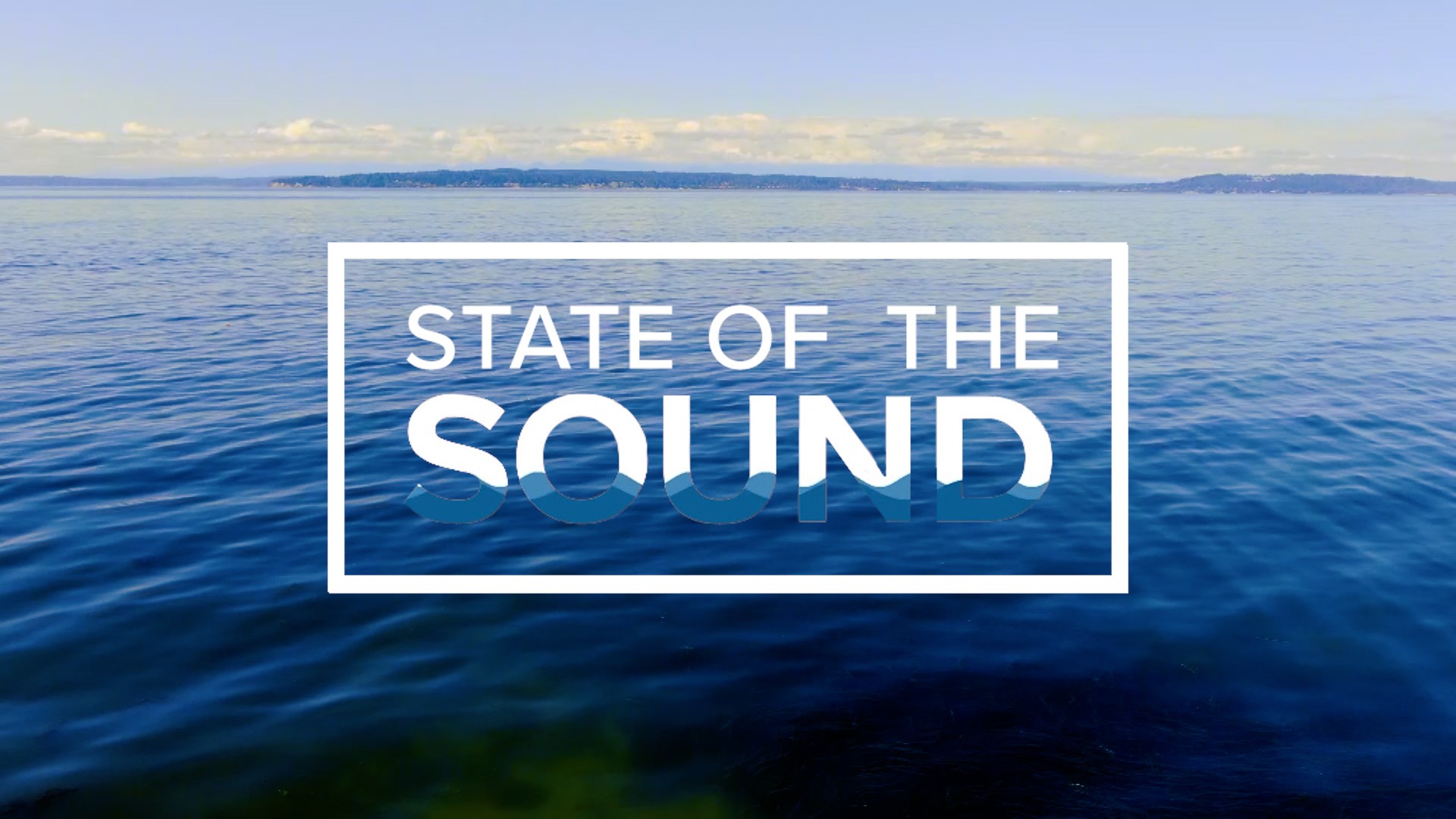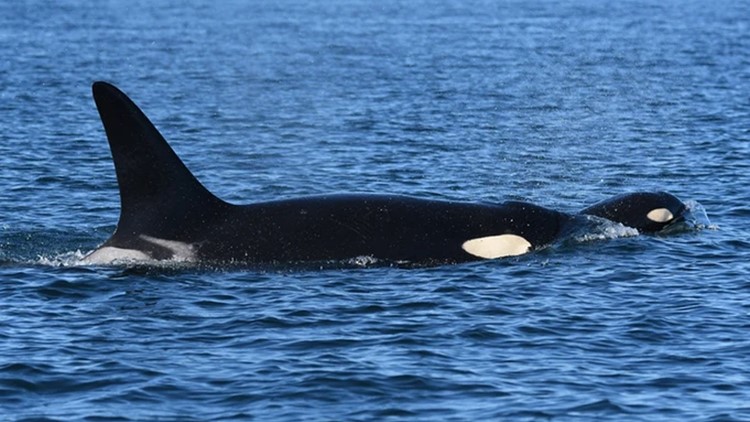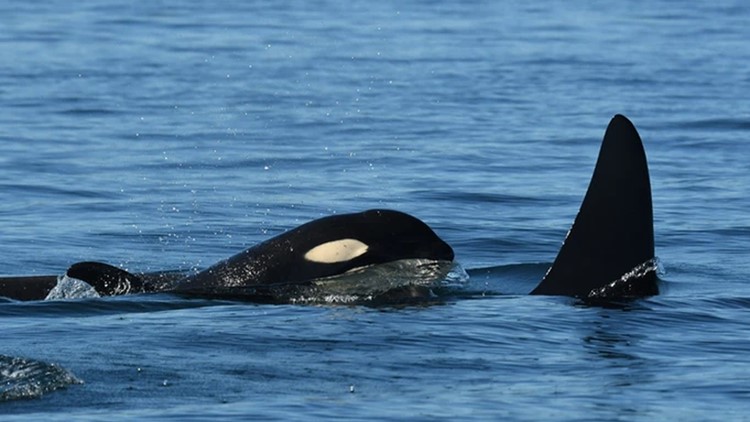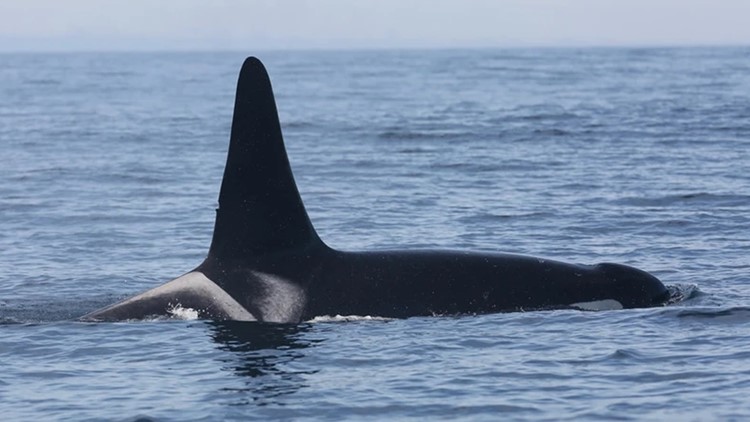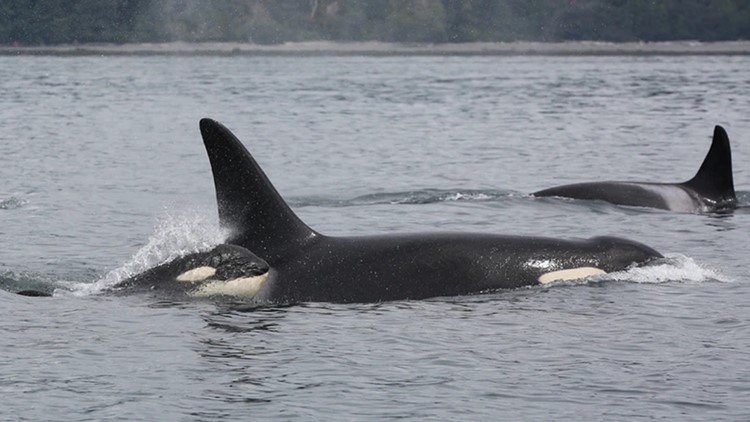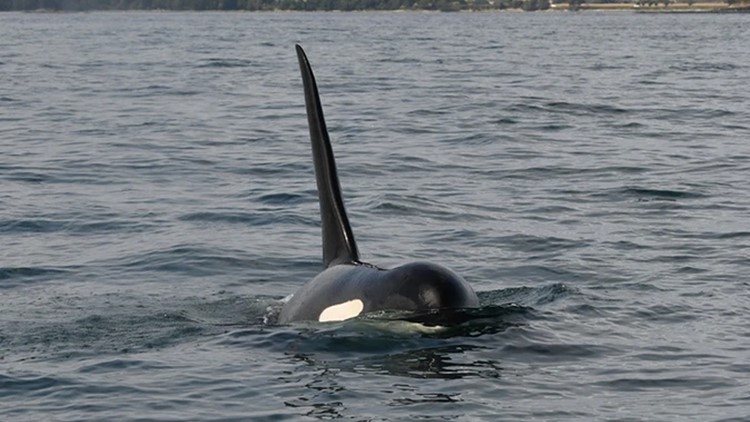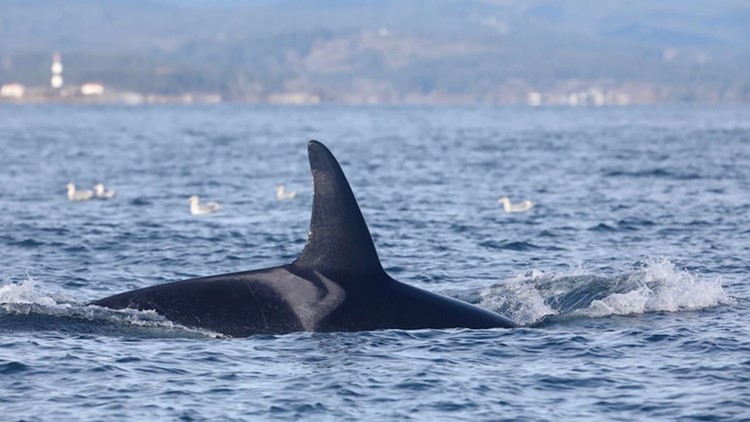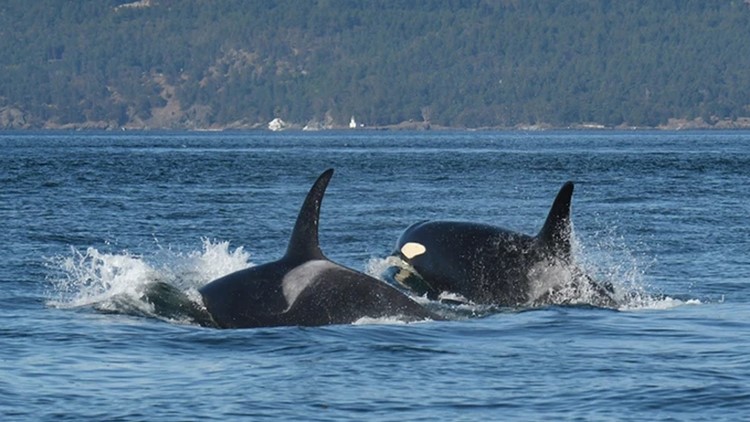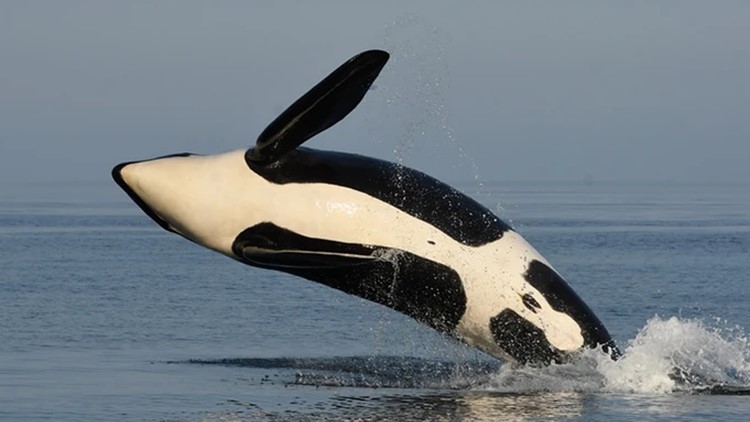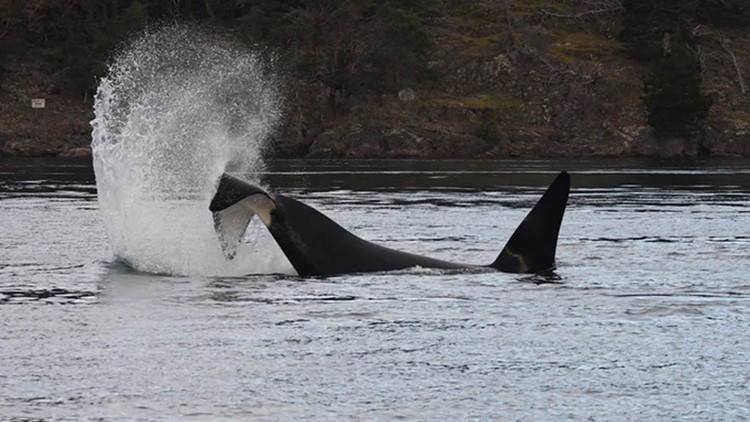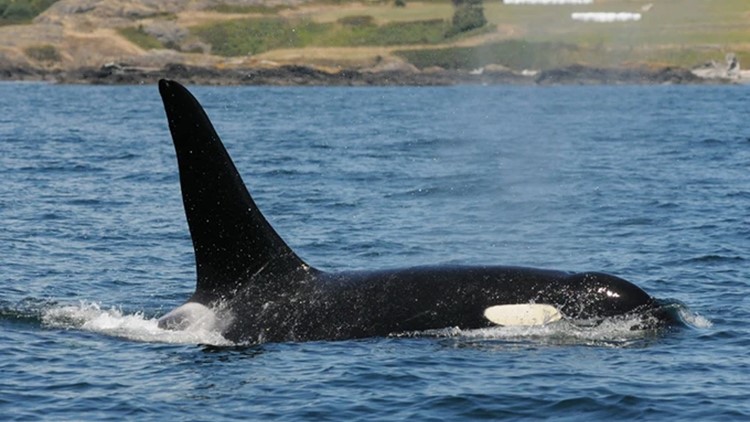SEATTLE — The population of endangered Southern Resident orcas has declined from 74 to 73 in the latest census, according to the Center for Whale Research (CWR).
The center announced this week that it had completed its annual census estimate of the Southern Resident orca population for the National Marine Fisheries Service.
As of July 1, the population was 73 whales.
Since July 1, 2021, three orcas have died while two others were born, officials said. Their numbers have hovered around 73 in the past few years.
J Pod
J Pod had one of the two births reported by the center. J37 had her second offspring, J59, in February. The center said J59 is a female and appeared healthy in recent observations.
J Pod is the pod most likely to appear all year long around the San Juan Islands and Puget Sound, according to CWR.
With no deaths and a single birth, J Pod now totals 25.
K Pod
CWR marked two deaths and one birth in K Pod for the 2022 census.
K21 was reportedly last seen in late July 2021 "severely emaciated," CWR said. K21 was declared deceased soon after he was not seen in subsequent encounters with his social group.
K44 was last seen alive in late April 2022, however, he has not been spotted in recent encounters with his family. CWR said the body of a juvenile male orca, matching K44's size and with markings consistent with a southern resident, was found entangled off the Oregon coast in late June. The lack of photographs and biological samples has prevented a definitive ID, according to CWR.
K20 had her second offspring, K45, sometime in April 2022. CWR said K45's sex has not been identified yet, but appeared healthy in recent observations.
K Pod has the fewest members of the Southern Resident orcas. K Pod sits at its lowest number in the last two decades, at 16.
K Pod
L Pod
L89 is one of the three reported deceased by CWR. L89 was reportedly last seen in late 2021, despite repeated encounters with his mother and social group throughout 2022.
L Pod is by far the largest of the Southern Resident pods, but the 2022 census marks the pod's lowest numbers since the study began in 1976 at 32, according to the center.
L89
Southern Resident orca populations grew during the late-1970s, 1980s and mid-1990s, peaking at 98 whales, officials said. The population began to trend down after that, declining from 98 to 78 whales by 2001.
The southern residents face several threats to their survival including underwater noise, pollutants and lack of adequate Chinook salmon, their primary food source.
A study by the University of British Columbia showed this year that killer whales have not had enough food for several years.
The National Marine Fisheries Service finalized rules last year to expand the endangered orca’s critical habitat from the Canadian border down to Point Sur, California, adding 15,910 square miles of foraging areas, river mouths and migratory pathways.

